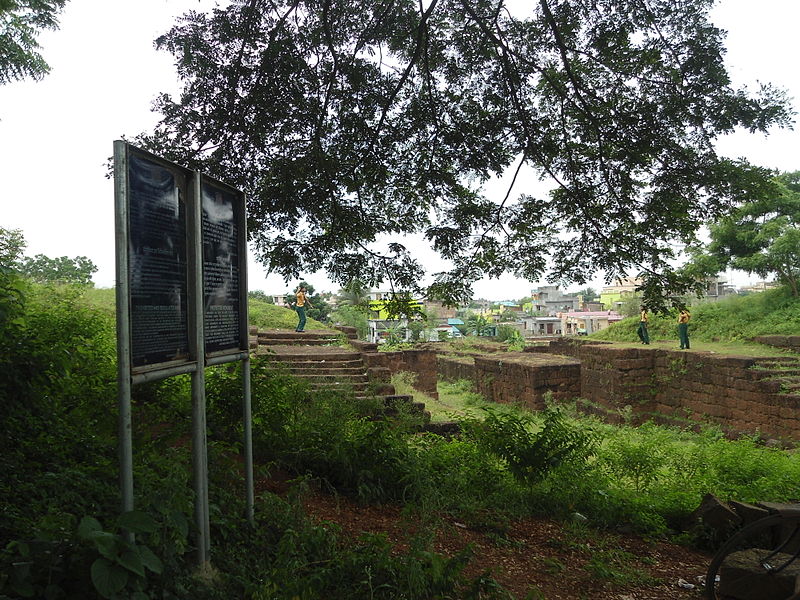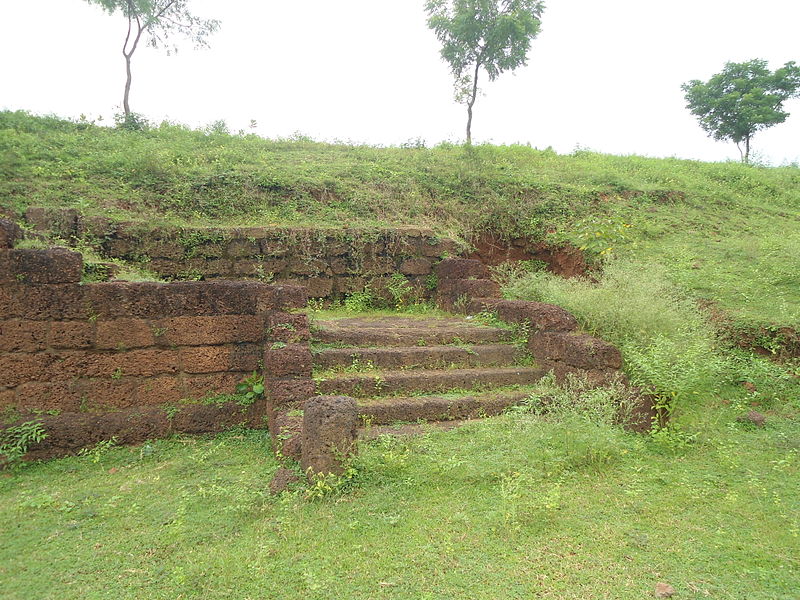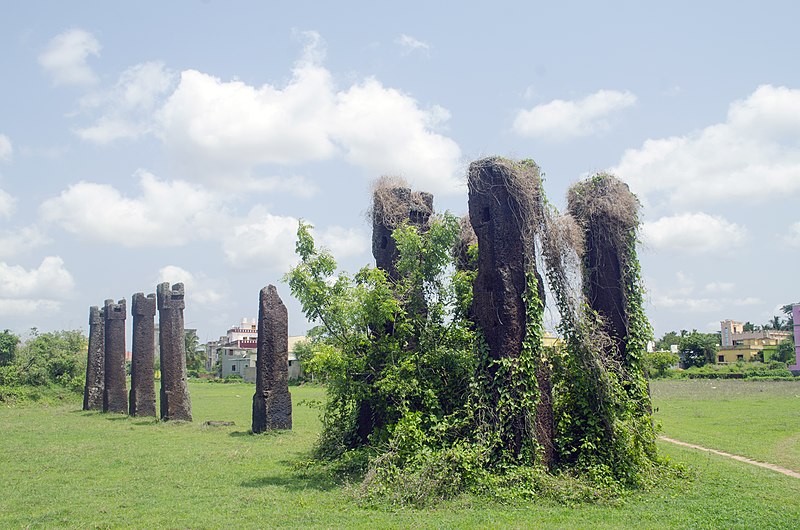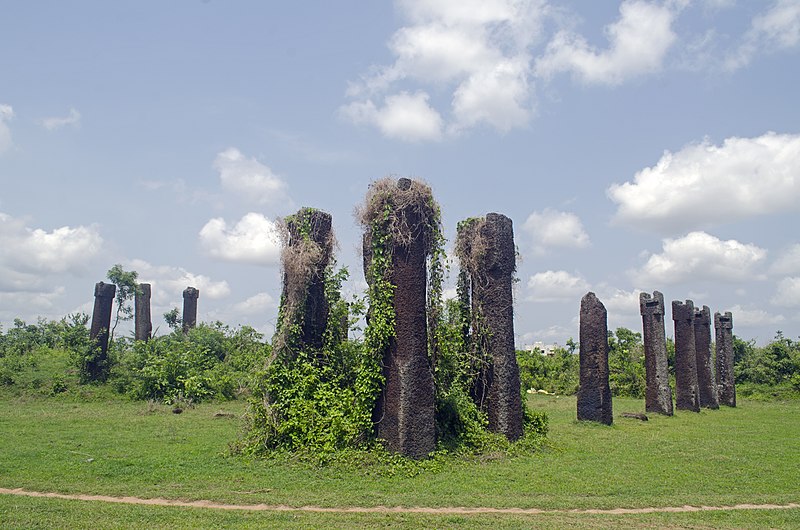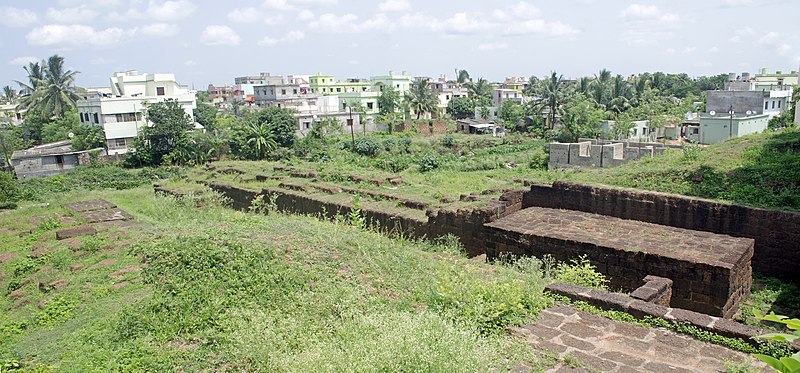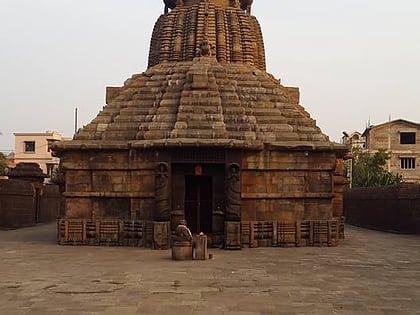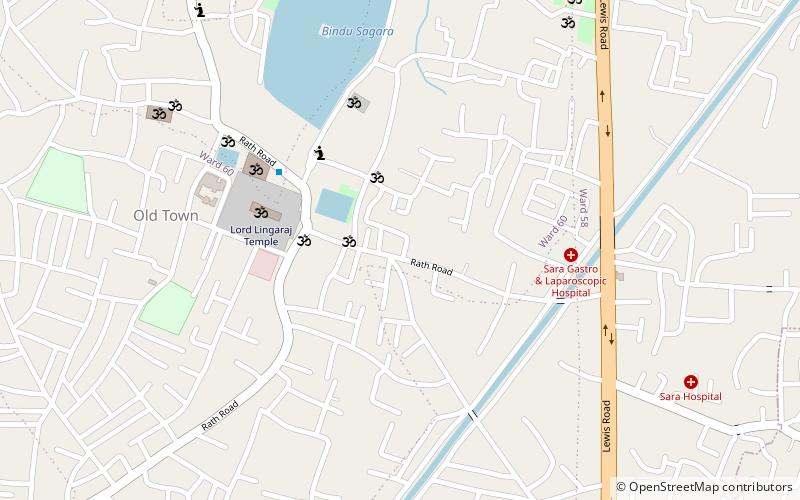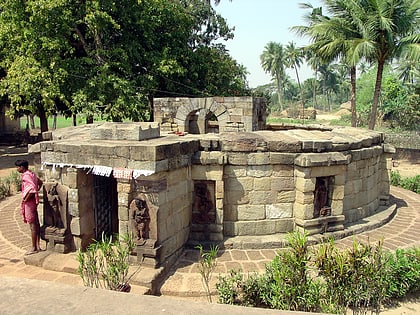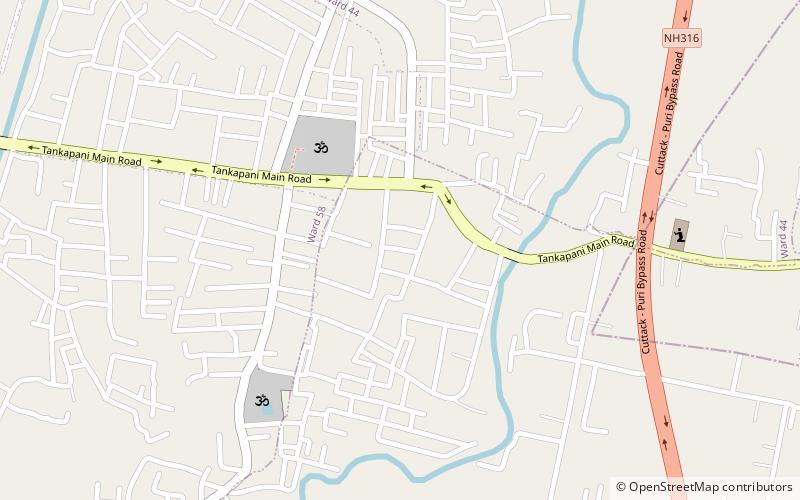Sisupalgarh, Bhubaneswar
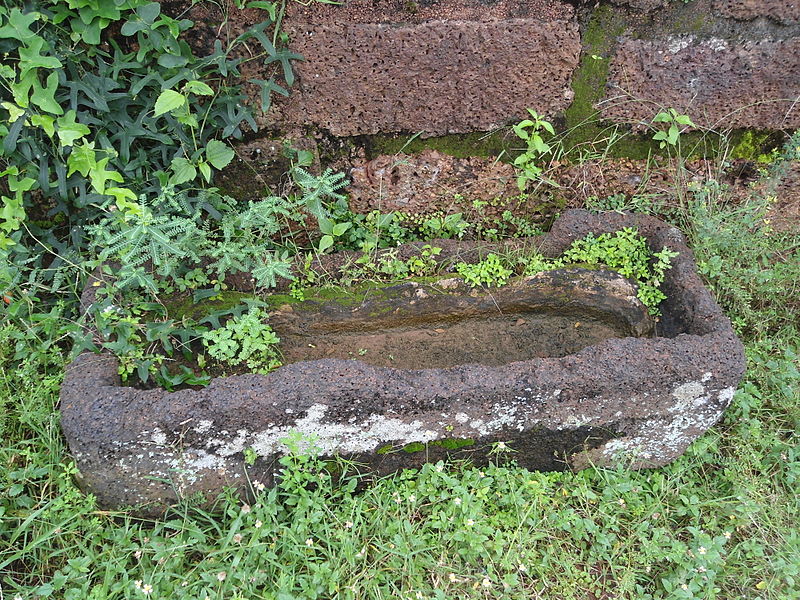
Facts and practical information
Sisupalgarh, an ancient fortified city located on the outskirts of Bhubaneswar, the capital of Odisha, India, is a significant but lesser-known archaeological site that dates back to the 3rd-4th century BCE. The remnants of this historic urban center reveal the existence of a sophisticated and well-planned city that thrived over 2,000 years ago, during the period of the Kalinga Empire.
The site of Sisupalgarh was first discovered in 1948 by the famous Indian historian B.B. Lal. Subsequent excavations have unearthed a square-shaped fortification with gates and watchtowers at regular intervals, indicating the city's strategic importance and the advanced level of urban planning and military architecture of the time.
The ruins suggest that Sisupalgarh could accommodate around 20,000-25,000 residents, making it one of the largest urban centers of ancient India. The city was equipped with a well-laid-out grid pattern of streets, multiple residential areas, and possibly marketplaces, which points to a highly organized social structure.
Despite its historical significance, Sisupalgarh remains relatively obscure in comparison to other archaeological sites in India. Efforts have been made to preserve the remnants and promote the site as a tourist attraction, but much of the area remains unexcavated and is often overshadowed by the more famous temples of Bhubaneswar.
Sisupalgarh is open to visitors and offers a unique glimpse into ancient Indian history and urban design. The site presents a rare opportunity for archaeologists and history enthusiasts to explore the remains of a city that once played a crucial role in the region's cultural and political landscape.
Bhubaneswar
Sisupalgarh – popular in the area (distance from the attraction)
Nearby attractions include: Megheswar Temple, Kedareswar Temple, Papanasini Siva Temple, Parashurameshvara Temple.


